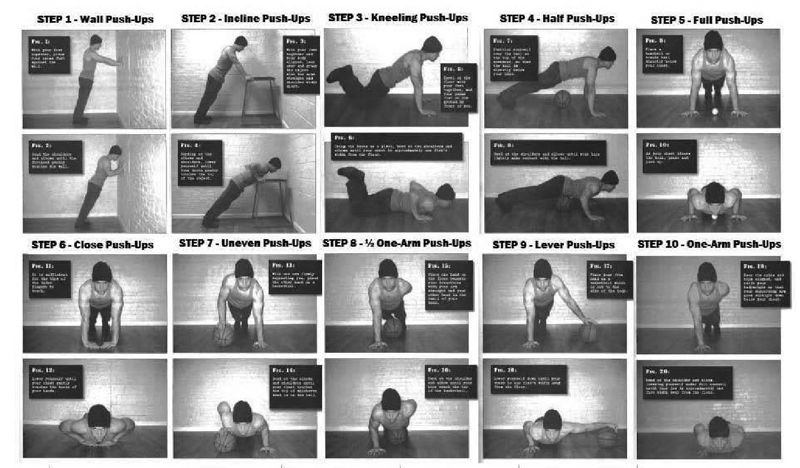Yesterday (or was it the day before? I’ve lost track of time with full time WFH now) the Times of India Bangalore edition had two headlines.
One was the Karnataka education minister BC Nagesh talking about deciding on school closures on a taluk (sub-district) wise basis. “We don’t want to take a decision for the whole state. However, in taluks where test positivity is more than 5%, we will shut schools”, he said.
That was on page one.
And then somewhere inside the newspaper, there was another article. The Indian Council for Medical Research has recommended that “only symptomatic patients should be tested for Covid-19”. However, for whatever reason, Karnataka had decided to not go by this recommendation, and instead decided to ramp up testing.
These two articles are correlated, though the paper didn’t say they were.
I should remind you of one tweet, that I elaborated about a few days back:
Test positivity ratio is a shit metric – unless you can somehow keep the distribution of “reason for getting tested” constant, it tells you NOTHING
— Karthik S (@karthiks) January 1, 2022
The reason why Karnataka has decided to ramp up testing despite advisory to the contrary is that changing policy at this point in time will mess with metrics. Yes, I stand by my tweet that test positivity ratio is a shit metric. However, with the government having accepted over the last two years that it is a good metric, it has become “conventional wisdom”. Everyone uses it because everyone else uses it.
And so you have policies on school shutdowns and other restrictive measures being dictated by this metric – because everyone else uses the same metric, using this “cannot be wrong”. It’s like the old adage that “nobody got fired for hiring IBM”.
ICMR’s message to cut testing of asymptomatic individuals is a laudable one – given that an overwhelming number of people infected by the incumbent Omicron variant of covid-19 have no symptoms at all. The reason it has not been accepted is that it will mess with the well-accepted metric.
If you stop testing asymptomatic people, the total number of tests will drop sharply. The people who are ill will get themselves tested anyways, and so the numerator (number of positive reports) won’t drop. This means that the ratio will suddenly jump up.
And that needs new measures – while 5% is some sort of a “critical number” now (like it is with p-values), the “critical number” will be something else. Moreover, if only symptomatic people are to be tested, the number of tests a day will vary even more – and so the positivity ratio may not be as stable as it is now.
All kinds of currently carefully curated metrics will get messed up. And that is a big problem for everyone who uses these metrics. And so there will be pushback.
Over a period of time, I expect the government and its departments to come up alternate metrics (like how banks have now come up with an alternative to LIBOR), after which the policy to cut testing for asymptomatic people will get implemented. Until then, we should bow to the “legacy metric”.
And if you didn’t figure out already, legacy metrics are everywhere. You might be the cleverest data scientist going around and you might come up with what you think might be a totally stellar metric. However, irrespective of how stellar it is, that people have to change their way of thinking and their process to process it means that it won’t get much acceptance.
The strategy I’ve come to is to either change the metric slowly, in stages (change it little by little), or to publish the new metric along with the old one. Depending on how clever the new metric is, one of the metrics will die away.








